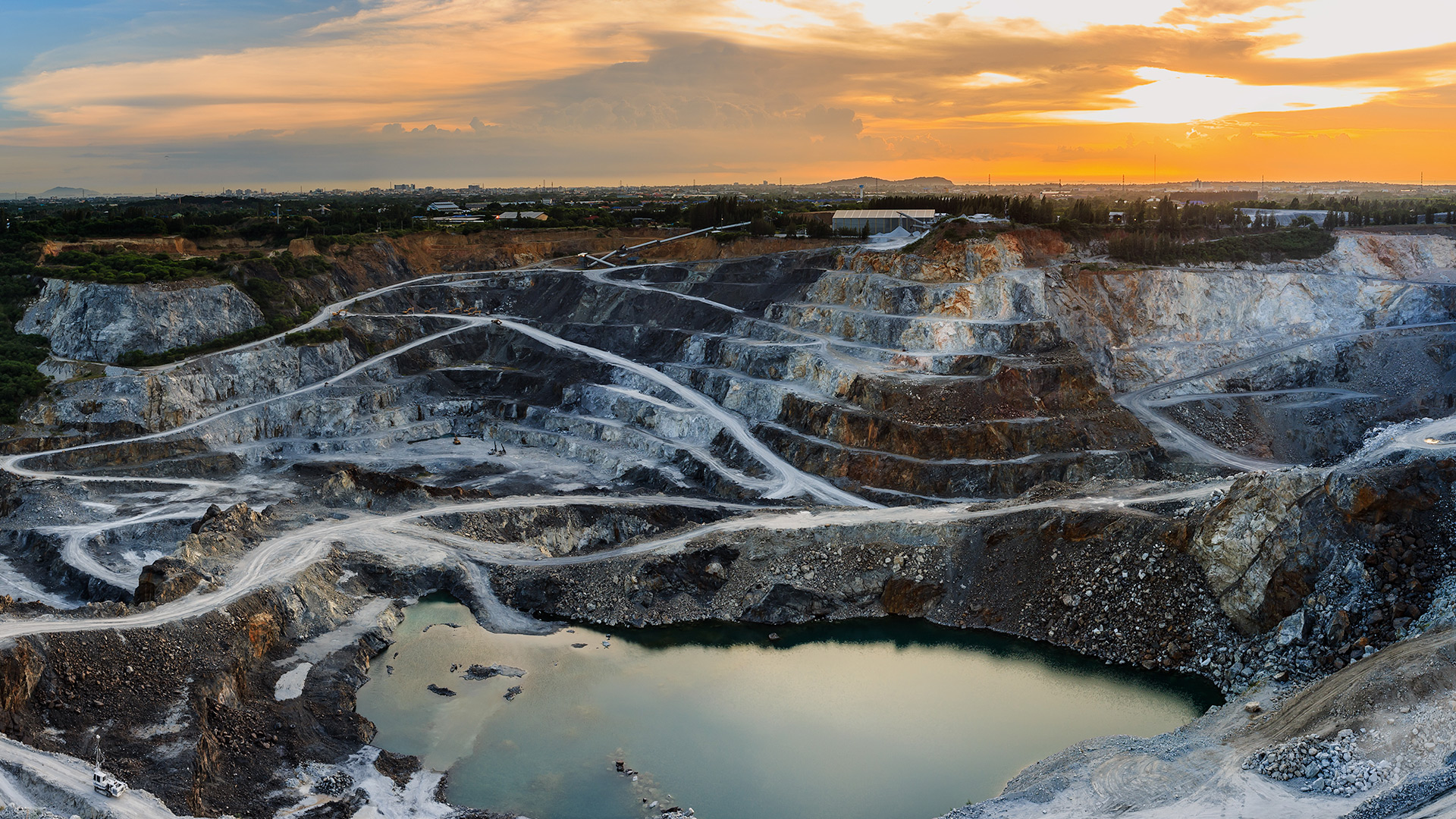
Publication
Legalseas
Our shipping law insights provide legal and market commentary, addressing the key questions and topics of interest to our clients operating in the shipping industry, helping them to effectively manage risk.


Publication | 1月 2021
Raj Karia and Nick Adams are corporate partners in our London team. They have broad ranging experience of all aspects of advisory and transaction-based corporate law including private and public company M&A, IPOs and market fund raisings. Both have extensive experience of advising on the establishment, operation and termination of joint ventures, particularly in the mining and natural resources sectors, and are members of the Norton Rose Fulbright global infrastructure, mining and commodities practice group. In this context they have advised:
Further information about Norton Rose Fulbright’s global mining practice can be found here: https://www.nortonrosefulbright.com/en-gb/knowledge/publications/7ce38815/mining-law-insights
Mining projects are capital intensive and are often operationally complex. For these reasons, the sharing of risk and the ability to access finance or combine operational know-how often brings parties together in a joint venture transaction.
The identity of the joint venture participants will typically depend on the maturity and contemplated scale of the project. For example, for an early stage or exploration phase mining project, the parties may comprise the explorer (often a junior mining company) which has identified a potential opportunity together with a financial investor or a larger mining company with operational mines looking to expand its portfolio of producing mines. For a larger and more complex project, the joint venture parties may be large commercial operators who come together to combine financial or operational resources and to share project risk. In some jurisdictions, domestic mining law prescribes that the government or a government-owned entity must be given a minority participation in any mining project. As a result, the government or a government owned entity becomes a joint venture partner with a commercial operator.
Yes, private limited companies are a customary choice of joint venture vehicle. Whilst unincorporated or contractual joint ventures may be common in the early stage exploration and feasibility phases of mining projects, before the mine goes into production, a financial investor or an operator will typically want exploitation licences, land and asset ownership to be held through a joint venture structure. Whilst the mine and related assets will typically be owned by a company incorporated in the jurisdiction where the mine is situated, the joint venture vehicle itself is more likely to be an offshore holding company. The nature and complexity of the overall structure will be shaped by considerations such as tax, the accounting treatment of the joint venture, the desire to benefit from investment treaty benefits and exchange control issues.
In addition to specialised due diligence undertaken to validate the project’s commercial proposition and security of title, the following areas are also likely to be important to project value assurance:
Although in practical terms the centre of gravity in the joint venture may lie with the extensive day to day control enjoyed by the operator, there will often be a debate about those items that are sufficiently material for unanimity to be required amongst the participating joint venture parties. In this context, examples may include:
Dealing with actual or potential conflicts of interest between the joint venture parties and the joint venture can be a challenge and conflict issues may be relevant in a number of related areas. Firstly, to what extent and subject to what exceptions should the joint venture parties agree not to compete with the joint venture? Secondly, should the parties be required to funnel new or additional opportunities and activities to the joint venture? Thirdly, where there are commercial agreements between the joint venture parties and the joint venture vehicle (eg to supply goods and/or services or to acquire product from the mine, secondment of employees and marketing of product) to what extent can there be assurance that these arrangements are formed and will be administered on arm's length terms.
Setting out what should occur if the project needs further funding due to cost over runs or because an emergency situation has arisen, often raises difficult issues. Where such additional funding may be advanced by equity injection by the shareholders, the question then arises of the extent of the dilutive effect of such further equity subscription where the other shareholder is unable or unwilling to invest its share. Market practice often sees the existing shareholders being able to subscribe their pro rata share of further equity with a risk of dilution should they fail to do so after perhaps an agreed grace period where the stronger financial party/majority shareholder funds the other party (with an agreed capital cost charge). The documentation may even include a mechanic for enhanced or “double dilution” where a party which has committed to subscribe but then fails to do so.
Finally, there is the question of whether there may circumstances in which a shareholder should be permitted or obliged to transfer its shares. A compulsory transfer provision is often a contentious issue, particularly where controversial triggers, such as a change of control of a joint venture party, are to be characterised as compulsory transfer events. Where the joint venture includes a shareholder with a significant majority (and particularly where it is a private equity or financial investor), it will often seek the right to exit by (a) selling the whole joint venture to a third party with associated “drag” rights enabling it to require its co shareholders to transfer their shares to the acquirer in those circumstances; (b) listing the joint venture on a suitable international exchange. Conversely, financial investors will often wish to lock-up any shares held by the party responsible for constructing a project until the mine is operational.
Joint ventures will continue to be an important feature of the mining sector. While investor risk appetite and confidence in the political climate in host states is by no means static, the drivers for joint ventures where a mining opportunity exists and an attractive return can be achieved, look set to continue. There is some expert commentary suggesting that the mining industry is about to enter the next super cycle. If this turns out to be true, we would expect an increase in exploration joint ventures between the larger companies and the more nimble, locally focused exploration companies. Also as projects come into the development phase, the larger miners will look to diversify risk by bringing in other players seeking exposure to the mining sector (financial investors, traders and perhaps corporates looking to diversify into the industry).

Publication
Our shipping law insights provide legal and market commentary, addressing the key questions and topics of interest to our clients operating in the shipping industry, helping them to effectively manage risk.
Subscribe and stay up to date with the latest legal news, information and events . . .
© Norton Rose Fulbright LLP 2025